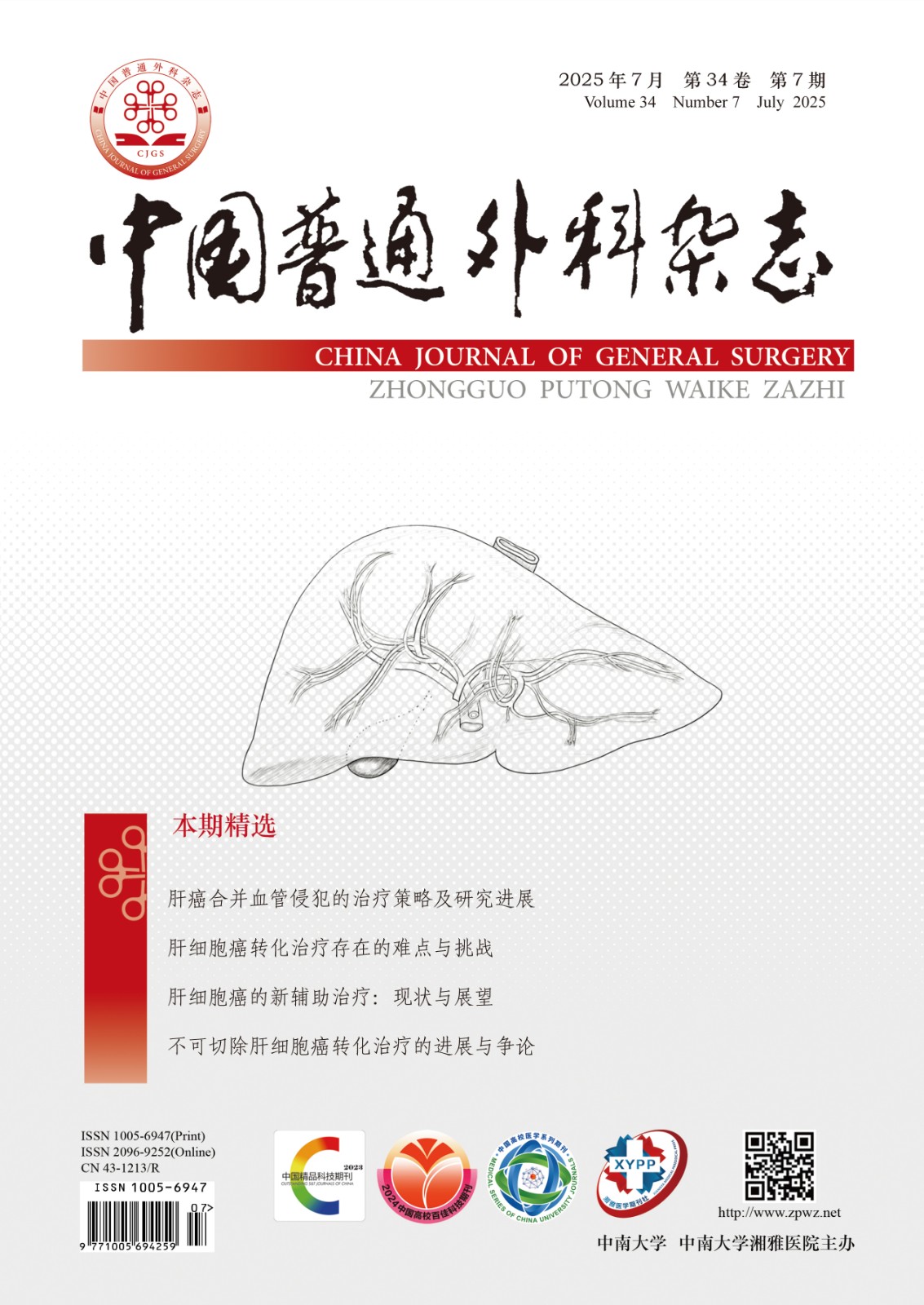Abstract:Background and Aims: Enhanced recovery after surgery (ERAS) is an interdisciplinary collaboration model that has been proven to be safe and effective in multidisciplinary applications, but the theory of ERAS is still in the exploratory stage in the field of liver transplantation. This study aimed to systematically evaluate the application effectiveness of ERAS protocol in the perioperative management of patients undergoing liver transplantation.
Methods: The relevant studies were searched in the PubMed, Cochrane Library, Embase, CNKI, VIP, WanFang Data databases as well as in the clinical trial registration platform and gray literature databases. The retrieval time was from the inception date of the databases to July 8, 2020. The literature was selected independently by two reviewers. After data extraction and evaluation of the risk of bias, Meta-analysis was performed using Stata 16.0 software.
Results: A total of 21 articles were finally selected involving 2 136 patients, of whom, 1 008 cases received ERAS intervention (ERAS group) and 1 128 cases underwent traditional perioperative management (traditional group), and including 13 randomized controlled trial studies and 8 clinical controlled trial studies. The results of Meta-analysis showed that in ERAS group compared with traditional group, the incidence rate of overall postoperative complications (OR=0.31, 95% CI=0.22–0.43, P<0.001) as well as the incidence rates of rejection reaction (OR=0.26, 95% CI=0.13–0.53, P<0.001), pleural effusion (OR=0.31, 95% CI=0.17–0.57, P<0.001), bile leakage (OR=0.19, 95% CI=0.05–0.65, P=0.008), infections (OR=0.28, 95% CI=0.16–0.50, P<0.001) and pulmonary infection (OR=0.53, 95% CI=0.33–0.86, P=0.010) were significantly reduced, the lengths of hospital stay (WMD=–5.76, 95% CI=–6.89––4.63, P<0.001), ICU stay (WMD=–2.26, 95% CI=–3.21––1.31, P<0.001), operative time (WMD=–41.07, 95% CI=–67.82––14.32, P=0.003) and anhepatic phase (WMD=–5.78, 95% CI=–11.50––0.07, P=0.047) were all significantly shortened, the intraoperative blood loss (WMD=–794.67, 95% CI=–1302.96––286.39, P=0.002) was significantly decreased, and the patient satisfaction was improved (P<0.05).
Conclusion: The use of ERAS in liver transplantation is safe and effective, and it can promote postoperative recovery of the patients.

